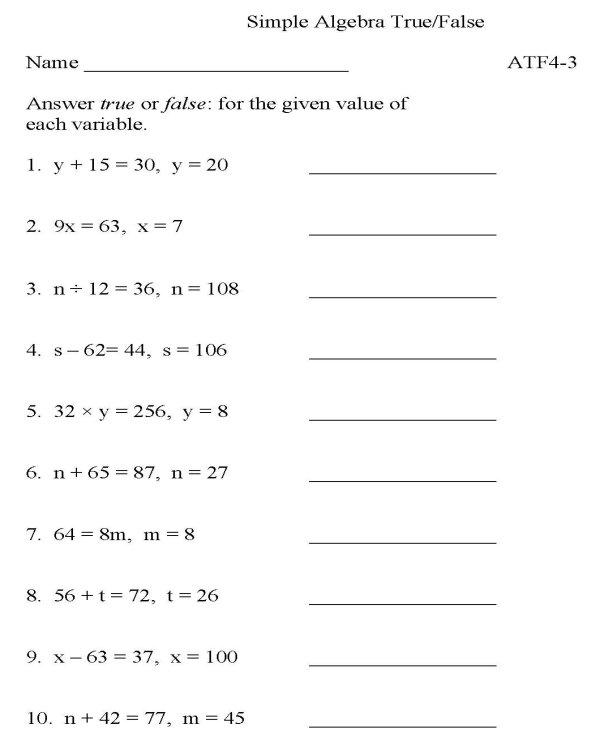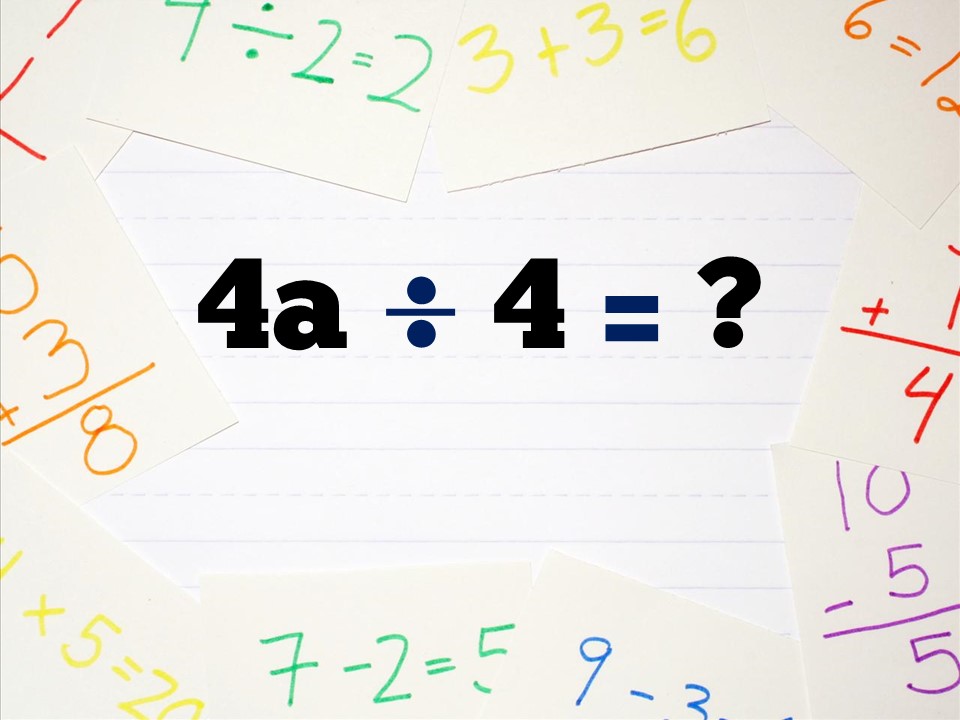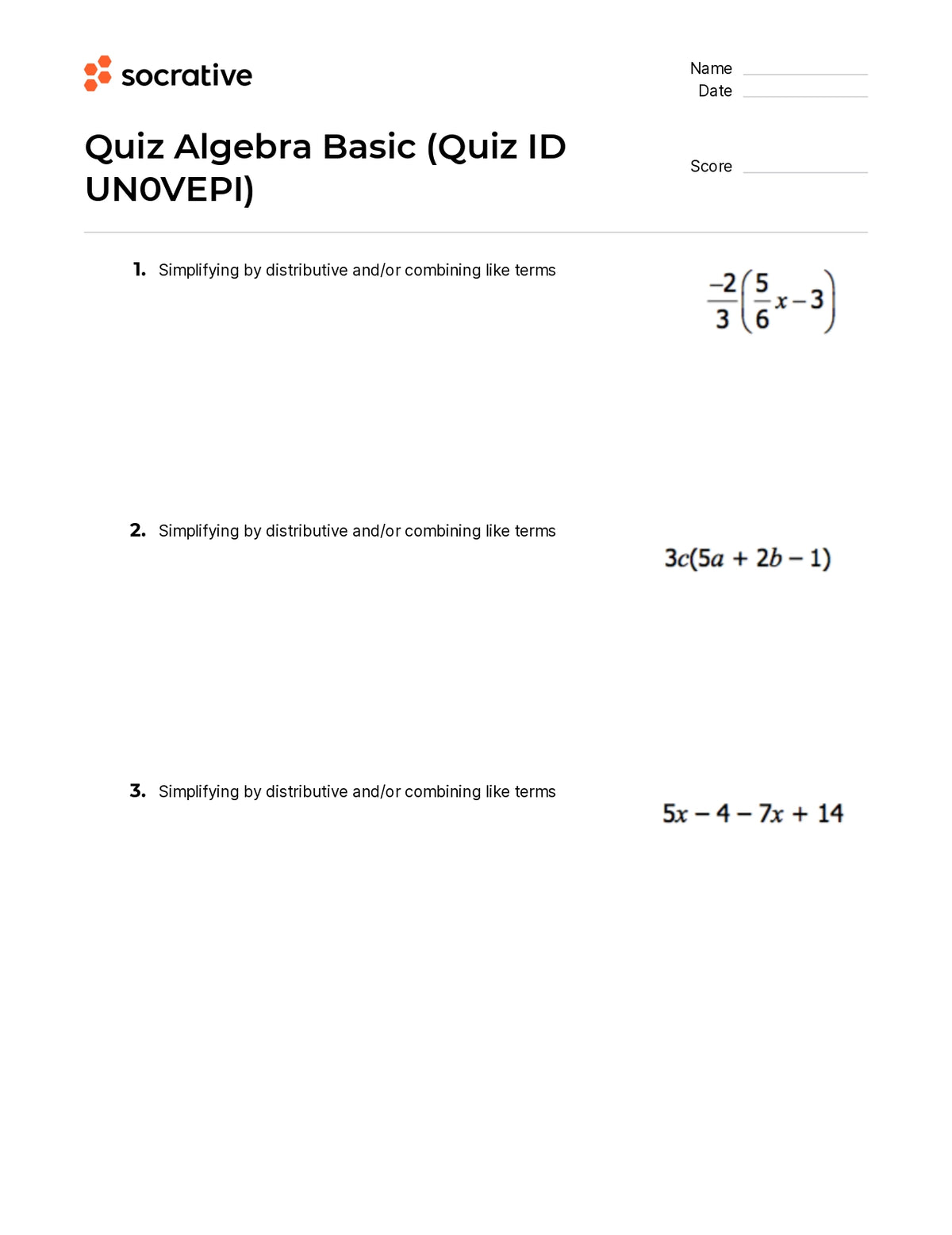
The content in these areas includes high school mathematics and statistics at a level that is generally no higher than a second course in algebra. These topics are typically taught in high school algebra courses or introductory statistics courses. counting methods, such as combinations, permutations and Venn diagrams.random variables and probability distributions, including normal distributions.elementary probability, such as probabilities of compound events and independent events.interpretation of data in tables and graphs, such as line graphs, bar graphs, circle graphs, boxplots, scatterplots and frequency distributions.basic descriptive statistics, such as mean, median, mode, range, standard deviation, interquartile range, quartiles and percentiles.The ability to construct proofs is not tested.

triangles, including isosceles, equilateral and 30°-60°-90° triangles.coordinate geometry, including graphs of functions, equations and inequalities, intercepts and slopes of lines.setting up equations to solve word problems.solving simultaneous equations and inequalities.solving linear and quadratic equations and inequalities.relations, functions, equations and inequalities.


Some of the Quantitative Reasoning questions are posed in real-life settings, while others are posed in purely mathematical settings.


 0 kommentar(er)
0 kommentar(er)
